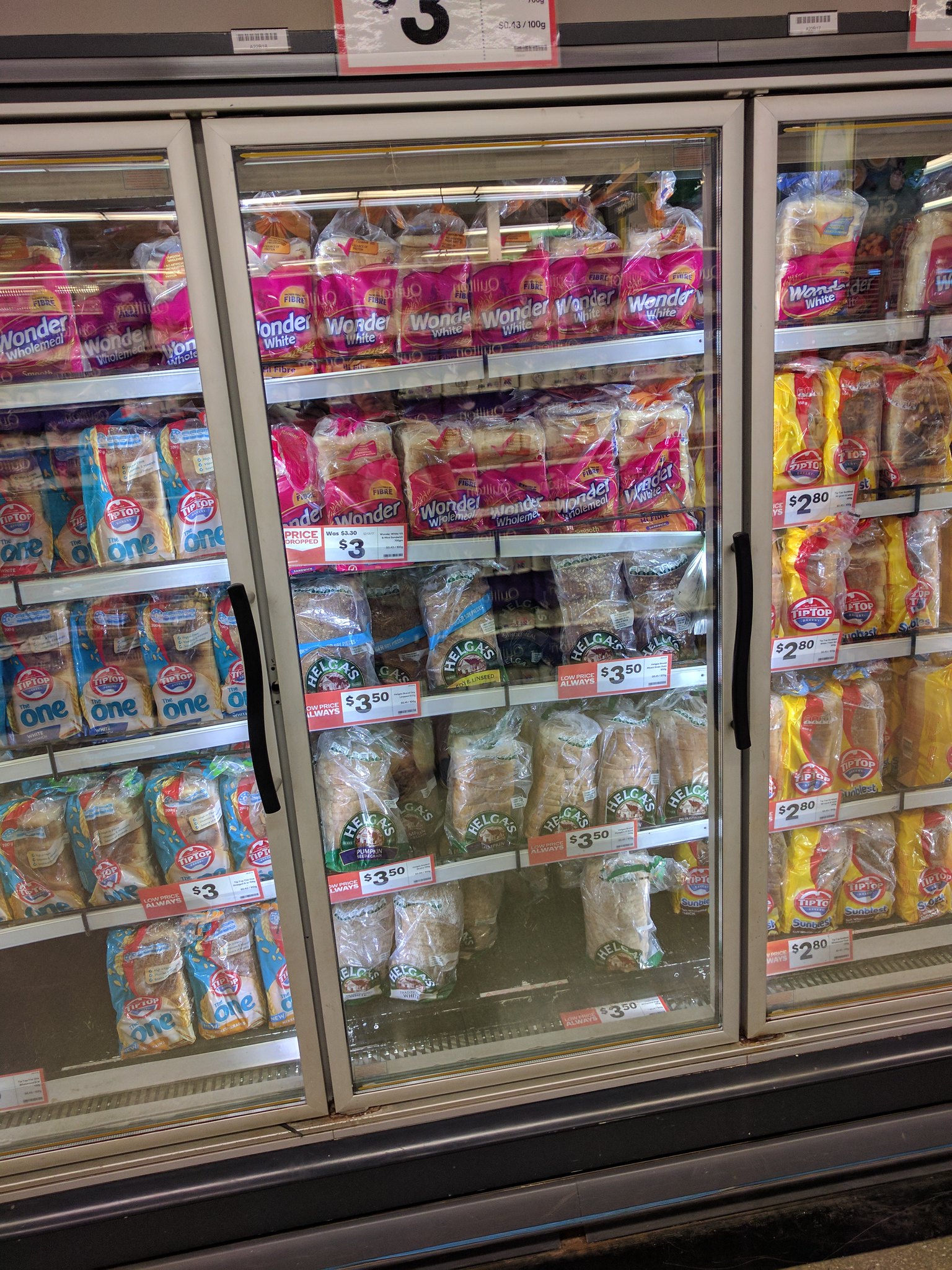Following our visit to Litchfield, we continued north to Darwin, taking the northern exit from the park. Darwin is a strange confluence of various influences. The English settlers, Southeast Asian Islanders, and Aboriginal cultures all come together in tropical city with a monsoon climate. The city has some interesting history, and saw plenty of action during WWII.
Like most Australian cities, Darwin has well-funded public spaces, and interesting places to visit. Given the cost of accommodation in any major Australian city and the warm/humid weather, we opted to keep our visit to Darwin on the short side.
Our first point of interest in the city (after parking near the waterfront) was the WWII fuel storage tunnels. Built under a short distance from the port, these tunnels were actually enormous underground tanks for storing fuel for military purposes. Originally built to replace above ground tanks (which were bombed by the Japanese) only a few saw service due to their poor design. At over 200ft long, and 12ft high, they stored huge amounts of fuel. However, the regular rains saturated the rock above leading to corrosion and leaks, eventually causing a blowout in the 60s in the tank remaining in service.
One tank has been opened for visitors. You can see the water constantly pouring from holes in the steel (even during the dry season!).


Here is one of the closed tanks, Even with the drains open, there is still several inches of water.

After enjoying some time near the waterfront we did a bit of a tour through the downtown area, and around the NT parliament building. After which we visited the old QANTAS hangar. Qantas is now a major international airline, but it started out servicing Queensland and NT.

Now belonging to a local machine and car club, the hangar is filled with all manner of classic cars, industrial antiques, and steam powered equipment.

Bombed during a Japanese raid, the superstructure still has shrapnel holes See the orange spots below.

There are several very good museums (art etc) as well as plenty of great Asian food available.
After finishing up in the city, we headed south to the Territory Wildlife park. Basically more of an “open range”-feeling zoo, it has an impressive array of NT animals, including a fairly large saltwater aquarium. We arrived late in the day, and not wanting to make the trip again (or pay the local rates for accommodation) we opted to take the 2 hours before closing. There were only 5 people in the park, and we basically had it to ourselves.
This water monitor (about 3 feet long) was hiding in the water looking for some dinner.


We spotted this mid-sized freshwater crocodile as well (about 4 feet long).


A plethora of birds flitted about, including this Rainbow Bee-eater

A blue winged Kookaburra.






A 4 meter saltwater crocodile.


Fun Fact (by Jen): Since about Port Hedland in Western Australia, we have had trouble with our bread molding within days of use and even before the expiration. Perhaps it has something to do with the weather in the northern part of the country or perhaps the time it takes to get to these remote locations. We have had to make room in the fridge for the bread full time. Apparently the stores have this issue as well. All bread in stores since Port Hedland has been in its own freezer section.

Now this sounds like a interesting historical site to visit
ReplyDeleteWhat is interesting is that it was supposed to be top secret, but they were pretty careless with disposing of the dirt, so anyone flying over could have realized where they were digging.
Delete